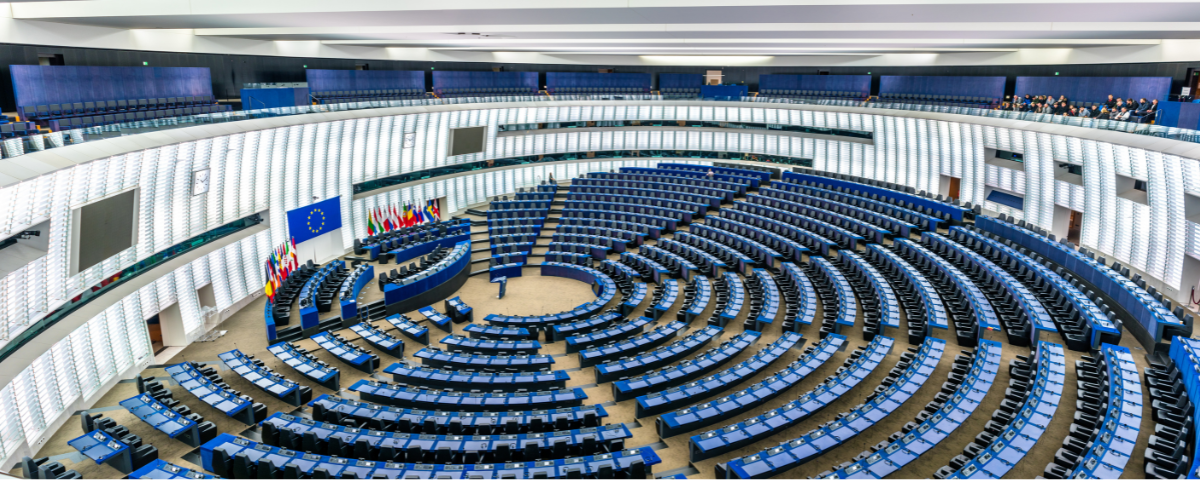The budget is close to €2 trillion.
The new multiannual framework aims to strengthening the independence, resilience and competitiveness of the European Union in the next decade and in line with the Commission’s ambitions to make society and the economy independent, prosperous, secure and prosperous;
A fundamental redesign of the EU budget has been proposed to make it simpler, more flexible and more efficient while it remains Continues to support people, businesses, Member States, regions, partners and – above all – the common future of the Union.

"Our new long-term budget will help protect European citizens, strengthen the European social model and our European industry. At a time of geopolitical instability, the budget will allow Europe to shape its own destiny, in line with its own vision and ideals. A budget that supports peace and prosperity and promotes our values is the best tool at our disposal in these uncertain times." – Ursula von der Leyen
The key features of the new budget are:
- Greater flexibility and simplicity in the use of funds.
- Coordinated national and regional partnership plans.
- Strong support for cohesion and agricultural policies, including simplified rules and support for rural communities.
- Investing in skills, employment, social inclusion and equality.
- Increased transparency and protection of the rule of law.
The budget also proposed New own resources Adapting existing ones, which will reduce the pressure on national budgets and what it could bring Approximately 58.5 billion. EUR per year to the EU budget.
The five new own sources of revenue include:
- Emissions Trading (ETS) – a budget contribution of approximately EUR 9.6 billion per year;
- Carbon Border Adjustment (CBAM) – around EUR 1.4 billion per year
- Uncollected e-waste – revenue of approximately EUR 15 billion per year;
- Tobacco excise duties – around EUR 11.2 billion per year
- Corporate Contribution of Large Enterprises (CORE) – around EUR 6.8 billion per year




